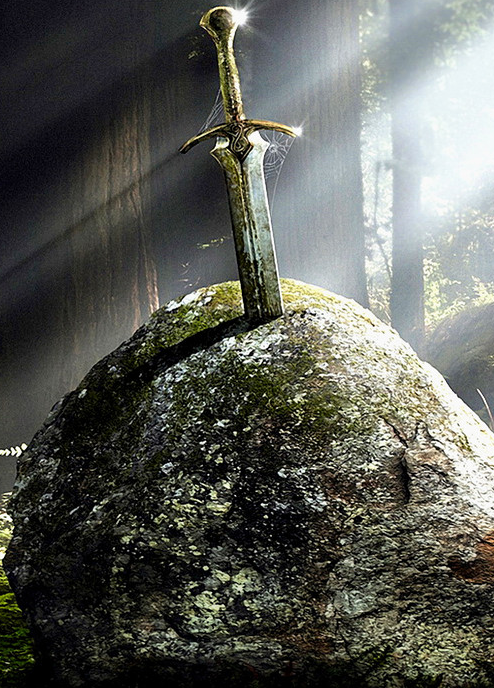Se-tenant: Religious and Historical Places of Nepal (Nepal 2022)
Religious and Historical Places of Nepal (Nepal 2022)
09 October (Nepal ) within release Religious and Historical Places of Nepal (2022) goes into circulation Se-tenant Religious and Historical Places of Nepal face value 5*5 Nepalese rupee
| Se-tenant Religious and Historical Places of Nepal in catalogues | |
|---|---|
| Colnect codes: | Col: NP 2022.10.09-03 |
Se-tenant is square format.
Also in the issue Religious and Historical Places of Nepal (2022):
- Stamp - Khaptad National Park, Doti face value 5;
- Stamp - Panini Tapobhumi Temple, Argakhanchi face value 5;
- Se-tenant - Religious and Historical Places of Nepal face value 5*5;
- Stamp - Statue of Sharwan Kumar and Anandikhola, Syangja face value 5;
- Stamp - Taudaha Lake, Kathmandu face value 5;
- Stamp - Tribeni Temple, Khaptad, Doti face value 5;
Se-tenant Religious and Historical Places of Nepal it reflects the thematic directions:
A lake is a naturally occurring, relatively large and fixed body of water on the Earth's surface. It is localized in a basin or interconnected basins surrounded by dry land. Lakes lie completely on land and are separate from the ocean, although they may be connected with the ocean by rivers, such as Lake Ontario. Most lakes are freshwater and account for almost all the world's surface freshwater, but some are salt lakes with salinities even higher than that of seawater. Lakes vary significantly in surface area and volume.
A statue is a free-standing sculpture in which the realistic, full-length figures of persons or animals are carved or cast in a durable material such as wood, metal or stone. Typical statues are life-sized or close to life-size. A sculpture that represents persons or animals in full figure, but that is small enough to lift and carry is a statuette or figurine, whilst those that are more than twice life-size are regarded as colossal statues.
A temple (from the Latin word templum) is a building reserved for religious or spiritual rituals and activities such as prayer and sacrifice. It is typically used for such buildings belonging to all faiths where a more specific term such as church, mosque or synagogue is not generally used in English. These include Hinduism, Buddhism, and Jainism among religions with many modern followers, as well as other ancient religions such as Ancient Egyptian religion.
In the visual arts, a cityscape (urban landscape) is an artistic representation, such as a painting, drawing, print or photograph, of the physical aspects of a city or urban area. It is the urban equivalent of a landscape. Townscape is roughly synonymous with cityscape, though it implies the same difference in urban size and density (and even modernity) implicit in the difference between the words city and town. In urban design the terms refer to the configuration of built forms and interstitial space.




